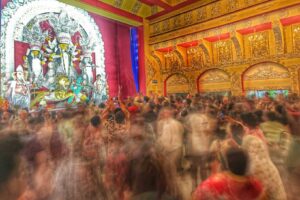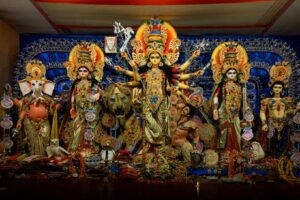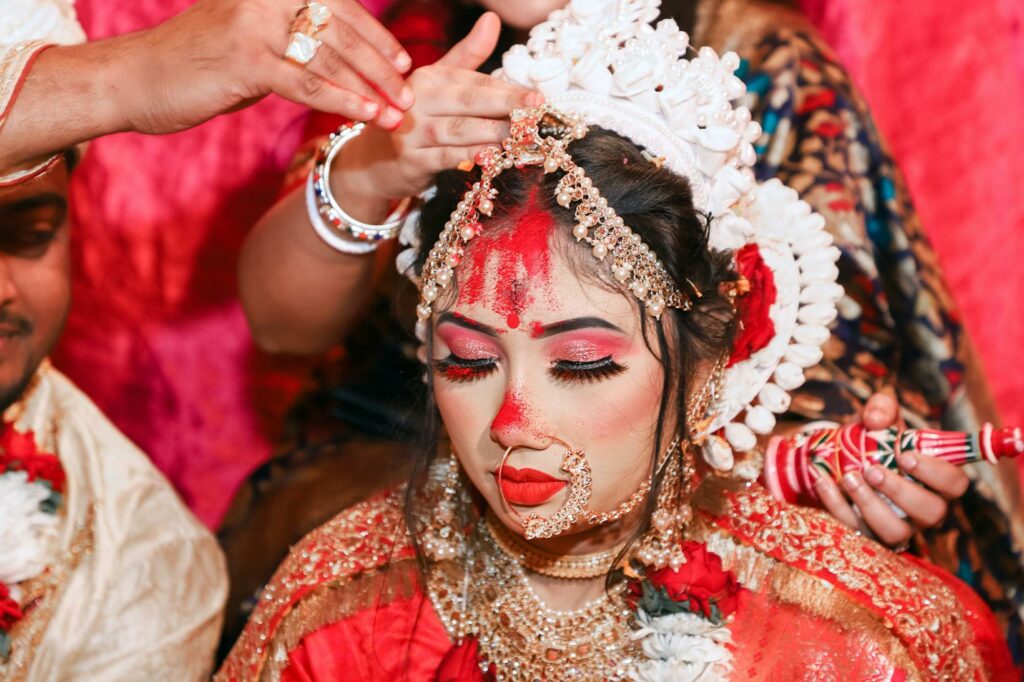Rich in history and vibrancy, Bengali culture and tradition offer a captivating tapestry of art, music, and customs that have evolved over centuries. Rooted in the regions of West Bengal and Bangladesh, this culture is renowned for its literary heritage, delicious cuisine, and colorful festivals that draw people from all over the world. Each aspect of Bengali life reflects a deep connection to its historical past and a dynamic embrace of modernity.
From the rhythmic beats of the dhak during Durga Puja to the intricate designs of alpana, Bengali traditions celebrate life’s myriad facets with enthusiasm and grace. The language, literature, and music of the region have produced luminaries like Rabindranath Tagore and Satyajit Ray, whose works continue to inspire. This enduring culture is a testament to the resilience and creativity of its people, offering a unique blend of tradition and innovation that captivates the heart and soul.
Bengali Culture and Tradition
Bengali culture traces its roots back thousands of years, originating in the Bengal region of South Asia. Ancient Bengal’s history is rich with influences from various empires, including the Mauryan, Gupta, and Pala empires. The region experienced its first golden age under the rule of the Gupta Empire (approximately 320 to 550 CE), which saw significant advancements in art, literature, and science.

The Pala dynasty (750 to 1174 CE) further enriched the cultural landscape, fostering a Buddhist intellectual and artistic resurgence. The renowned universities of Vikramashila and Nalanda attracted scholars from across Asia, making Bengal a vibrant center for education and spiritual development.
During the 13th century, the conquests by the Delhi Sultanate brought Islamic influences that shaped Bengal’s architecture, language, and customs. The Mughal Empire’s control in the 16th and 17th centuries enhanced trade and cultural exchange, contributing to the syncretic evolution of Bengali culture.
Colonial rule brought significant changes to the region in the 18th century as the British East India Company gained administrative control. Kolkata (then Calcutta) emerged as a cultural and political epicenter, fostering the Bengal Renaissance. This movement, marked by a flourishing of art and intellectual activity, saw figures like Raja Ram Mohan Roy and Rabindranath Tagore rise to prominence, challenging traditional customs and introducing modern ideas.
Bengali culture’s historical richness is evident in its language, with Bengali (Bangla) being one of the world’s most spoken languages today. The region’s literature, deeply rooted in its historical background, continues to influence its diverse traditions and modern identity.
Cuisine and Culinary Traditions
Bengali cuisine, known for its subtle flavors and diverse ingredients, encompasses a wide range of traditional delights. Its culinary traditions reflect the cultural richness and historical influences of the region.
Staple Foods

Rice and fish form the backbone of Bengali diets. Rice serves as the primary staple, with various types like Basmati and Gobindobhog used for different dishes. Alongside rice, fish is a crucial protein source, with hilsa, rohu, and catla being favorites.
Lentils, known locally as dal, complement meals and come in various preparations like moong dal and masoor dal. Vegetables, including eggplant (begun) and bitter gourd (uchhe), add variety and nutrition.
Popular Bengali Dishes
Each Bengali dish offers unique flavors and techniques. “Machher Jhol,” a fish curry, is renowned for its savory taste, often prepared with hilsa. “Shorshe Ilish,” another hilsa dish, combines mustard paste for a distinctive flavor.
“Sorshe Bata Chingri,” made with shrimp and mustard, showcases the creative use of local ingredients. “Aloo Posto,” a potato dish with poppy seeds, exemplifies the richness of vegetarian options.
Sweet treats, like “Rasgulla” and “Sandesh,” highlight the region’s expertise in desserts, crafted from fresh chhana (cottage cheese). These delicacies illustrate the culinary artistry embedded in Bengali culture.
Cultural Pride

Bengali culture stands as a testament to the enduring spirit and creativity of its people. With its deep historical roots and vibrant traditions, it continues to captivate and inspire. The harmonious blend of art, literature, music, and cuisine reflects a unique cultural identity that embraces both tradition and modernity. Festivals and social customs further highlight the communal spirit and warmth inherent in Bengali life. Whether through its rich literary heritage or its delectable culinary offerings, Bengali culture remains a dynamic and integral part of the global cultural tapestry, inviting all to explore its many facets.

